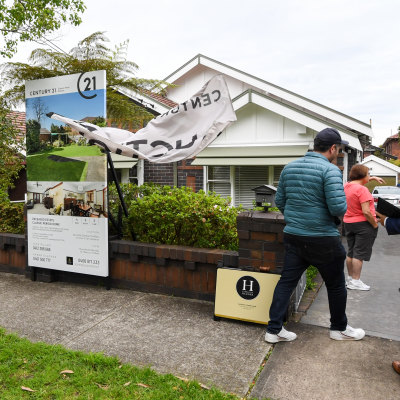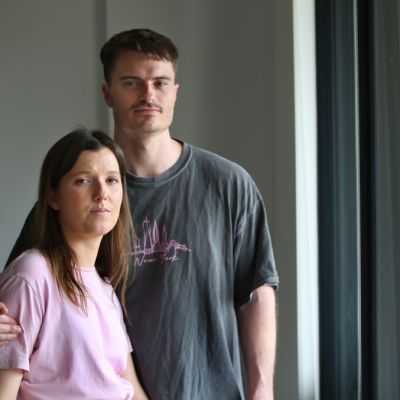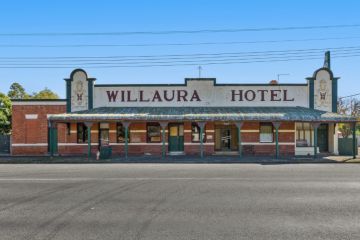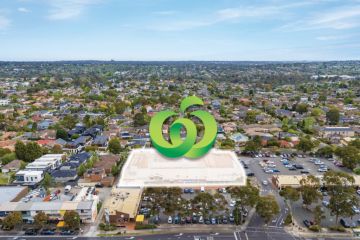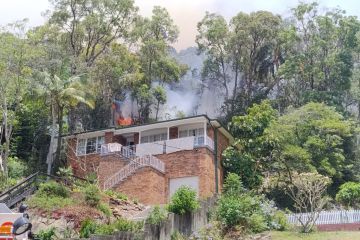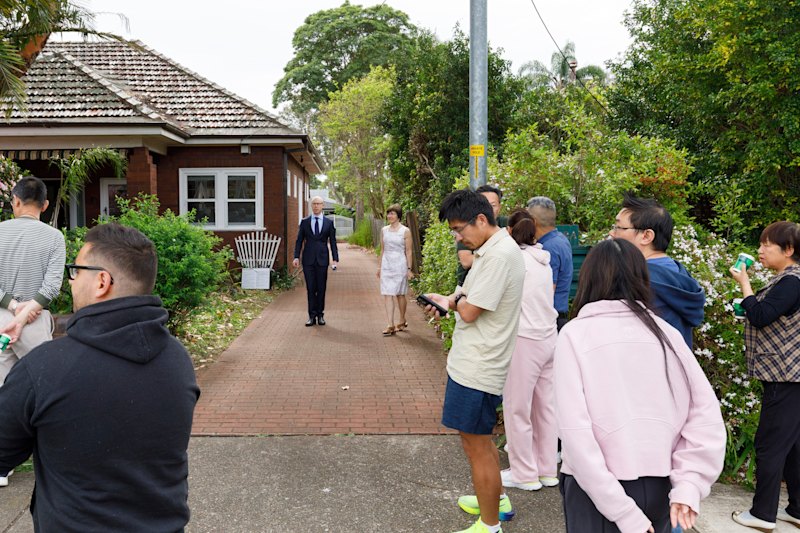Inner and middle-ring suburbs leading property market recovery
House prices are finally on the road to recovery, but there is a fork in that road. Price growth will go one of two ways – steep increases or moderate lifts – and it all comes down to the pressures of affordability.
Median prices in all capital cities except Canberra rose in the three months to June, according to the latest Domain House Price Report, which shows the market has moved into a recovery phase.
However, not every area will rebound at the same rate.
Property experts predict values in inner and middle-ring suburbs will far outstrip those in outer suburbs. This is largely due to high interest rates and rising costs of living, which are driving mortgage stress in low socio-economic areas.
Such pressures are less likely to affect those in affluent or gentrifying suburbs, where more home owners have paid off their mortgages and are free from the hassles of interest-rate hikes.
It leaves many buyers and investors looking to purchase real estate in established areas where capital growth is more likely.
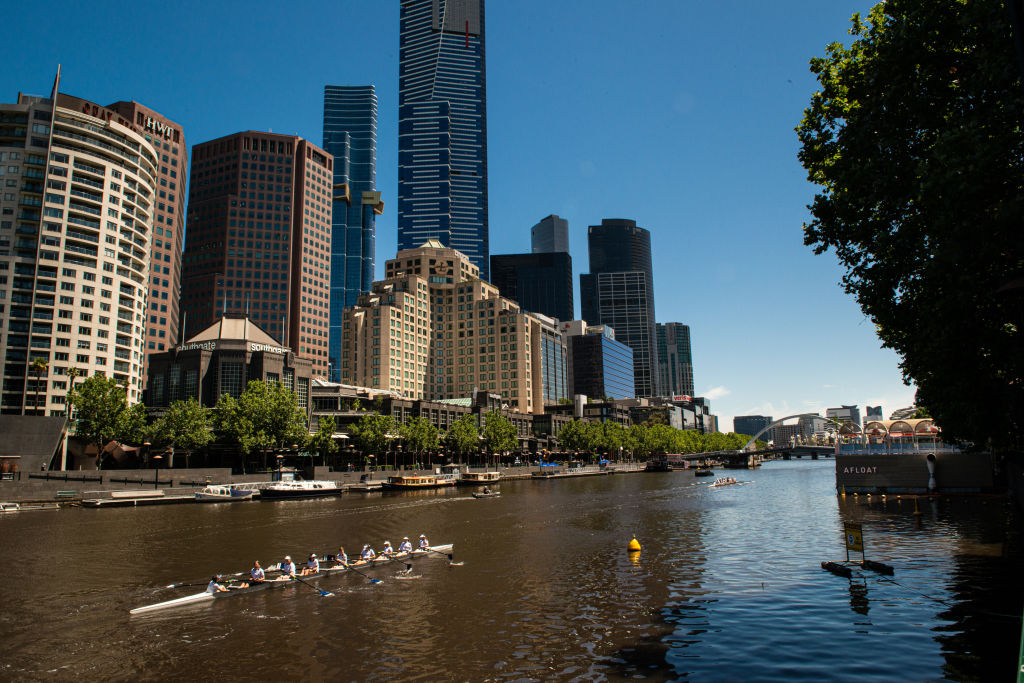
Stronger growth is largely determined by the strength of local infrastructure, says buyer’s advocate Nicole Jacobs.
“The inner city is usually driven by the fact that it has proximity to all the infrastructure that most people want, that’s cafes, that’s restaurants, it’s parks and could be beaches,” she says.
“So it’s traditionally because we used to always want to get close to the city, but now we’ve changed our way of working and living, the CBD is not as crucial.
“But what is crucial is that infrastructure, and the further you go out, if the suburb you’re in doesn’t have that infrastructure you are taking longer to commute to work and yes, you’ve got more land, but you don’t have the ability to walk out of your doorstep and walk to a show or a gallery.”
In the exclusive upper north shore areas of Sydney, the market is less affected by interest rates than it is by new housing supply.
Ray White agent Jessica Cao says fewer houses were sold around Lindfield, Roseville and Killara during the lean months of late 2022 and earlier this year, but most vendors had the financial ability to weather auction pass-ins.
“If the price is really not great, they can hold onto it and change their retirement plans or whatever,” she says. “It almost has nothing to do with what the interest rate is doing.
“In our area, we do see the demand is always here for schools and so close to the city and safe area and all of that.”
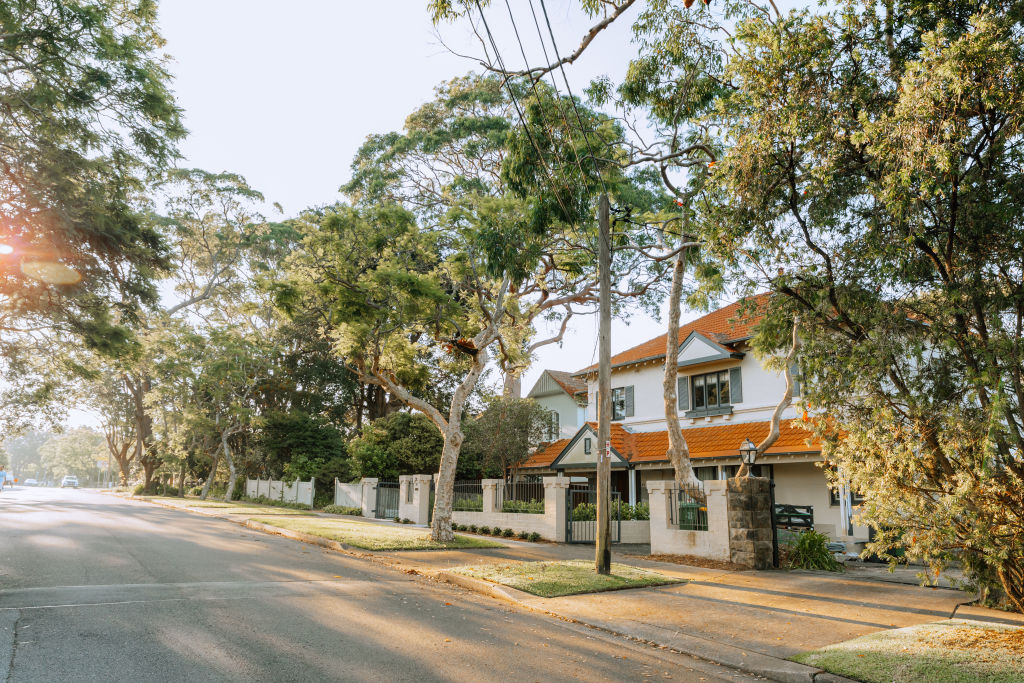
This is echoed in Melbourne, where the luxury market continues to attract wealthy buyers.
Co-Lab Residential director Daniel Cashen is selling a penthouse on St Kilda Road for $25 million and expects to field interest from cashed-up downsizers.
“These are people that have done really well out of their investments and, in particular, property over the last 30 and 40 years, so they’re in a really strong financial position,” he says.
“And if this is something that they want to do, then they’ll do it based on a desire to do it, as opposed to whatever is happening in the broader economy.
“They’re not borrowing money, so interest rates aren’t a factor, and they’re doing it because, in their plan, this is the time to be making that decision to downsize and move into an apartment.”
In Brisbane, more properties are hitting the market and spending more time waiting to be sold. This reflects some hesitancy from buyers, says Alex Jordan from McGrath’s Paddington office.
“The lack of listings we’ve seen has made the market stronger, but now we’re now starting to see the supply side increase and we’re seeing days on market increase,” he says.
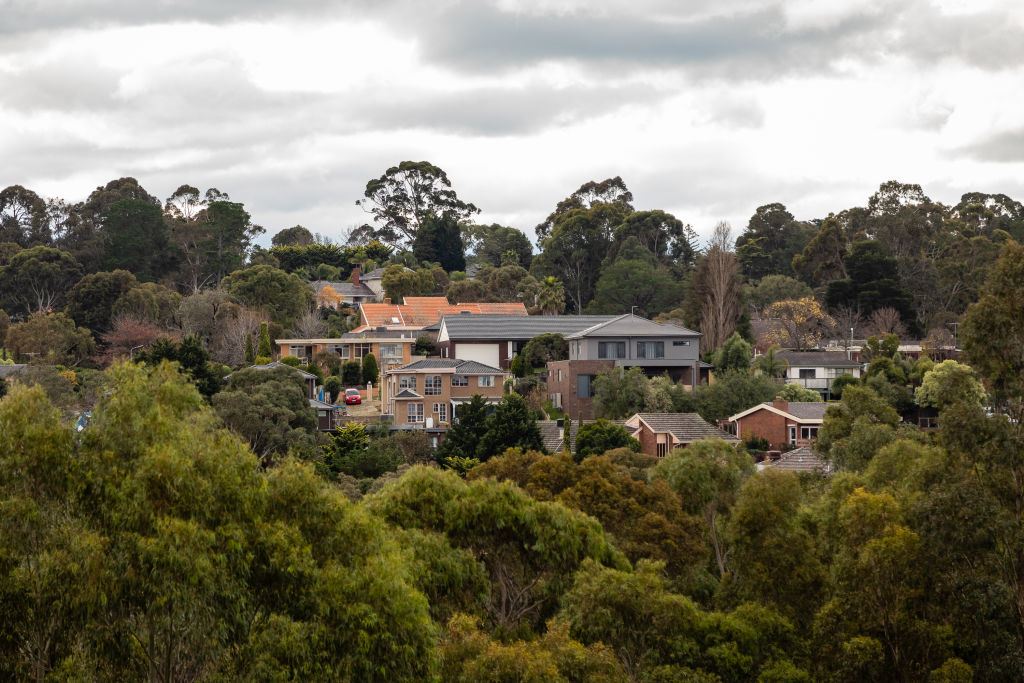
“We might see some softening if this trend continues. For people considering selling, the short-term outlook is looking good but in the longer term, days on market may increase.”
The high prices of construction materials and labour have decreased the market’s appetite for properties needing renovation and new builds.
It means more buyers are willing to pay a premium for quality properties in inner-urban areas with established public transport, shops, cafes and schools.
“The only areas that we’ll see new construction and new housing will be more affluent areas,” says Leonard Teplin, director at Marshall White Projects in Melbourne.
“If you look at Doncaster, for instance, you’ve got two-bedroom, two-bathroom product apartments there that are still selling for around $550,000, but the replacement, the new product, will cost you $800,000, so until that gap is breached, there won’t be any new construction there.”
We recommend
States
Capital Cities
Capital Cities - Rentals
Popular Areas
Allhomes
More
- © 2025, CoStar Group Inc.

